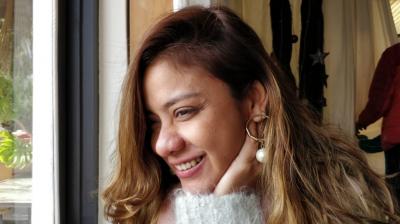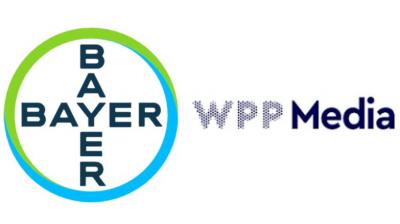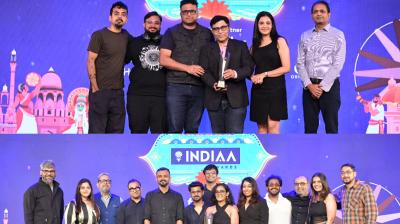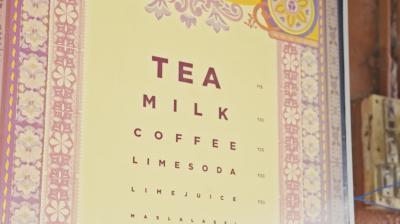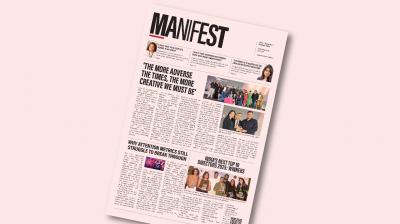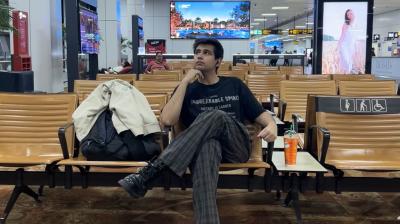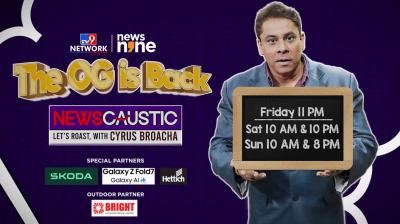When I walked into the sound studio the other evening to score the soundtrack of a film I recently shot, I had the pleasure of hearing the lovely Kishor Sodha recording trumpets live. As I stepped in, the round, full sound of the brass filled the room —perfectly in tune. With a twinkle in his eye, he mischievously broke into an old RD Burman classic. I closed my eyes and was instantly transported to the by-lanes of Crawford Market — a child again, amidst the chaotic symphony of vendors, the sweet rot of overripe fruit, the smells, the sounds, the texture of the place.
That moment made me pause. Is music only meant for our ears?
Often while crafting ad films, one of the most fulfilling stages for me is scoring the music. Some scripts call for lullabies, others for sticky jingles, foot-thumping beats, or rich cinematic scores. But at the heart of it, the true power of music lies in how it speaks beyond sound — to memory, to place, to body, to emotion. It’s a multisensory experience that anchors us in time and transports us beyond it.
So how do we, as creators of visual stories, harness this potent tool? How do we curate soundscapes that don't just accompany visuals but elevate them — build brand recall, emotional resonance, and a lasting sensory imprint?
In a world obsessed with faster, louder, more — music quietly but powerfully holds its own. It sneaks into our psyche, tapping into the emotional architecture of our minds, connecting dots between sight, sound, memory, and mood.
There’s no formula. Scoring music for a film isn’t about templates. It’s about allowing your internal world to guide the external one. When sound and image are born from the same breath, that harmony is palpable.
Think of the triumphant brass in John Williams’ Star Wars theme — it doesn’t just score a film; it defines a galaxy. Or the haunting whistle that instantly places us in a Tarantino Western. Bernard Herrmann’s screeching strings in Psycho don’t just accompany a scene —they are the fear.
Recently, I scored a 60-second film where a wife is tormented by her husband's snoring. No dialogue. Just music. While wrestling with the tone, I glanced outside and spotted two crows bickering on a branch. Their rhythmic cawing sparked an idea — beatboxing. We composed a score using snores as percussive elements, layering them with acapella textures from a talented beatbox group. It was quirky, unexpected, and hilariously expressive.
Another time, in a music-led ad, we began with the score itself — the chorus acting as a unifying thread. Characters from different worlds, never meeting, were bound together in choreography. The beat had to be infectious, the transitions seamless. The final cut — a dance across divides — all held together by the rhythm of one shared song.
Music is more than a soundtrack. It’s a memory trigger, a feeling, a place, a taste, a time.
Next time you hear a sound, close your eyes and imagine all that it is evoking for you — what other land, feeling, or memory it transports you to.
The author is founder and director, Jungle. This article first appeared in the September issue of Manifest.




